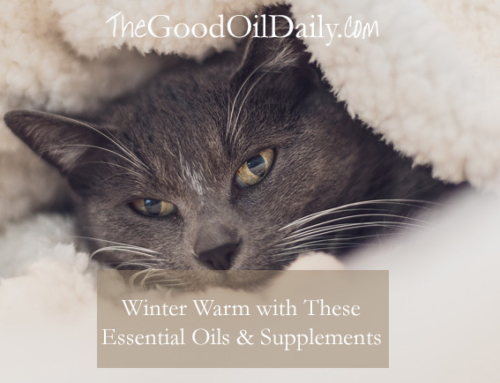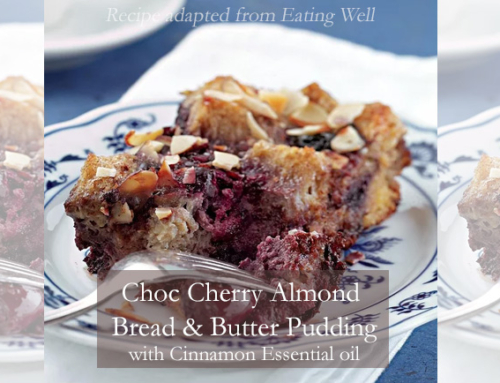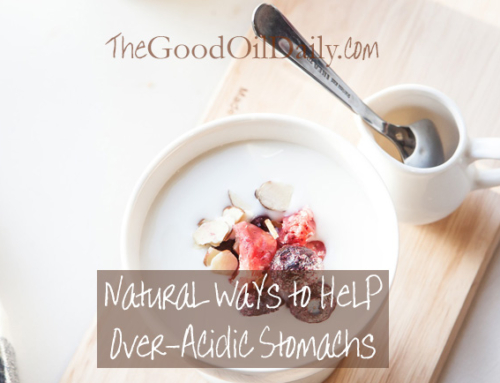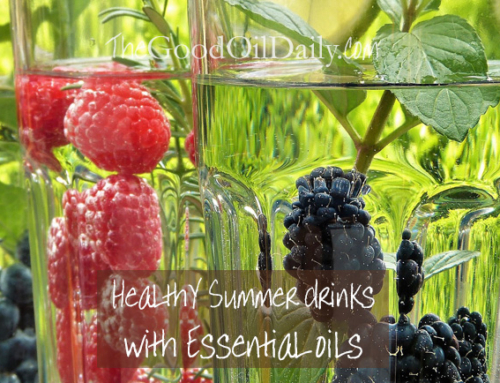Loving Spring as I do, I’m relieved I don’t suffer from seasonal hayfever. I’d be disappointed to have to dread such a spectacular time of year.
If you’re one of the unlucky ones who endure allergic rhinitis, you have plenty of company. Over one in seven Australians sneeze and wheeze due to this condition, making it one of the most common chronic respiratory ailments in this country.
What causes hay fever?
When the immune system treats pollen as a harmful invader, it triggers production of an antibody which stimulates the release of histamine. This in turn causes swelling and inflammation of the nasal passages, excess mucus, sneezing and a clear runny nose, watering eyes, and an itchy nose and throat. That’s some party!
When there’s more pollen in the air, there’s more likelihood of hay fever being triggered in those prone to it. Just as we’re more at risk of coming down with a cold or flu if we’re stressed, tired and run down, keeping your defences fortified in general will help reduce your vulnerability to allergic reactions such as hay fever.
Assuming you’re taking care of the basics — plenty of pure H2O, antioxidants (my favourite ready-made super juice is awesome for this), good quality sleep, exercise, nutritious food and laughter — let’s look at other ways of heading off hay fever at the pass.
Foods to help
Vitamin C is an effective natural anti-histamine and anti-inflammatory, as are bioflavonoids, which also help the body use vitamin C effectively. Kiwifruit is a rock star fruit for hay fever sufferers, as it’s a fantastic source of both vitamin C and bioflavonoids.
Vitamin A is anti-inflammatory and promotes healthy mucous membranes throughout the respiratory tract, as well as helping healthy immune function and fighting off secondary respiratory infections. Beta-carotene is converted to vitamin A in the body, so pile plenty of orange fruit and veges plus the green leafy ones onto your plate. (Sounds like a good idea on any given day!)
If I was prone to hay fever, I’d probably throw all of the above into a cold-press juicer, with a little fresh grated turmeric root (the curcumin in turmeric is high in anti-inflammatory and anti-allergy properties.) Add a zingy flavour kick and extra anti-inflammatory qualities thanks to fresh ginger root (or a drop of Young Living ginger essential oil*).
*IMPORTANT CAUTION: Young Living essential oils are the only ones we would ever consider for ingestion. And only those which state on the bottle they can be used that way. Why? Because Young Living sets the standard for purity and authenticity – essential to the safe ingestion of essential oils appropriate for such use. Young Living carefully monitors the production of its oils from beginning to end through its unique Seed to Seal® process, ensuring the purity of each essential oil and protecting nature’s living energy in every bottle.
Garlic is anti-inflammatory, antibacterial and antiviral. This wonderfood bobs up all the time when talking of preventatives, so might as well ensure you’re getting plenty of it for all-rounder boosting of the immune system! When supplementing, look for the odourless ones so your friends or family don’t want to do a Garlic Intervention.
Foods to avoid
Cow’s milk and dairy products can increase mucus in the respiratory tract. There’s no need to add stress to this area if you can help it, especially when there are easy alternatives available like coconut, rice and almond milks.
In part 2, we continue on with more preventative measures and some soothing ways to get relief if hay fever does get past your best preventative efforts. Meanwhile, it’s a nice night for orange-coloured soup with a side of roasted garlic smeared on toasted organic sourdough! Make enough to share.
Enjoy the good oil daily.
This will also connect you up with The Good Oil Team for our personal support and coaching. We'd love to help you on your journey to vibrant well-being the natural way!
Any questions? Please get in touch via our Contact page.
The information on this site does not constitute advice. Please consult with your health practitioner. When using any of the products mentioned throughout this site, please be sure to read the labels and follow their suggestions for safe use.






